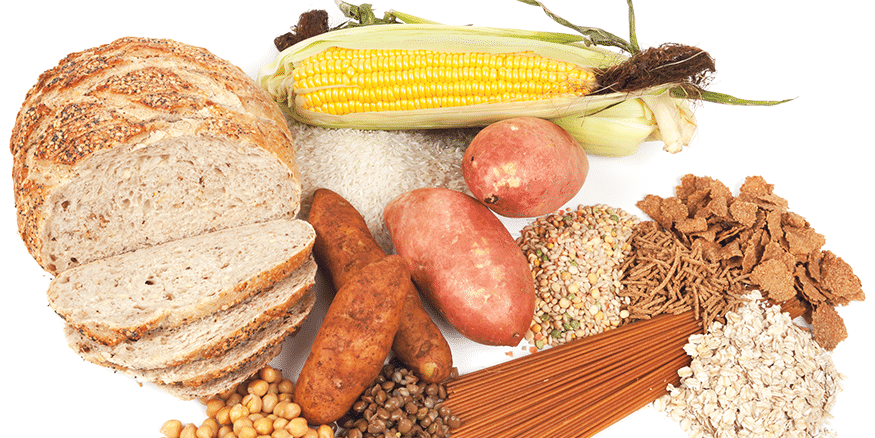
Resistant Starch
Common staple foods such as potatoes, rice, corn, and wheat are composed mainly of starch, a type of complex carbohydrate. When digested, carbohydrates quickly break down into sugar, which the body uses right away for short-term energy. Too much of these carbohydrates in our diet can have negative health effects, such as weight gain or poor glycemic control, both of which contribute to such chronic conditions as type II diabetes and cardiovascular disease.
Resistant starches are carbohydrates that do not break down into sugar and are not absorbed by the small intestine. Similar to insoluble fibre, they pass through most of the digestive system unchanged, usually fermenting in the colon. By decreasing the pH level in the colon and assisting the body in increasing its production of short-chain fatty acids,1 resistant starches help to create an environment in which beneficial bacteria thrive.
Resistant starches include some high-fibre foods, such as legumes and whole grains, but they also include carbohydrate-rich foods and food additives that confer similar health benefits. These foods almost always also contain components that are digestible, such as non-resistant starch, vitamins, and minerals.
Resistant starches break down into five categories:
| RS1 | starchy foods coated with seeds or germ (e.g., unprocessed whole grains, legumes such as soybean seeds, beans, lentils, and dried peas) |
| RS2 | naturally resistant starchy foods (e.g., uncooked potatoes, green banana flour, and high-amylose corn flour) |
| RS3 | retrograded starch – starchy food that has been cooked and then cooled, which increases its resistant starch content (e.g., potatoes or pasta cooked and cooled for a salad, as well as sushi rice, etc.) |
| RS4 | starchy foods that manufacturers chemically modify so that they are resistant to digestion (the resulting products are usually food additives derived from corn, potatoes, or rice) |
| RS5 | a new category, manufacturers create these resistant starches through a process that involves heating and cooling starchy foods with particular lipids (e.g., fats, waxes, etc.) |
Promising – but still early – research suggests that resistant starch’s beneficial effects on the gut may play a role in controlling blood glucose levels, limiting weight regain after weight loss, preventing colorectal cancer, and decreasing inflammation in the bowel. Scientists are also studying how they might develop capsule coatings made of resistant starch, which would be ideal for delivering medication to release farther along the digestive tract, in the colon.
Recent research has focussed on comparing the specific effects of naturally resistant starches (RS1-RS3) and chemically modified (RS4) starches. For example, recent studies have shown that RS2 and RS4 both increase beneficial bacteria in the gut, but they usually affect different species of bacteria. The fact that individuals have unique microbiomes and dietary habits adds to the challenges of studying the effects of resistant starch on the body.
As research expands, food manufacturers continue to develop ways to manipulate high-carbohydrate foods. These include breeding corn that is high in resistant starch (RS2), chemically altering corn or other products to be resistant to digestion (RS4), and, most recently, by creating new resistant starch products (RS5), all of which they hope will help them to increase the healthfulness of the foods they produce, including processed foods such as cereals and white bread.
You can expect more in the years to come on the topic of resistant starch, as this is a growing area of research. For now, a great choice is to ensure that your diet is rich in fibre by following Canada’s Food Guide, as it includes plenty of whole grains, fruits, and vegetables.

